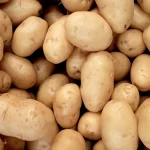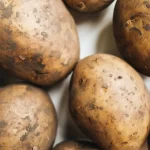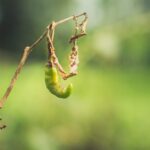Generally, the operations of each packing plant differ according to the processes involved in each type of product, but they all tend to follow a basic line of techniques that can be summarized in three main sections: selection or classification, washing, disinfection, and Postharvest treatments.
The FAO defines “Postharvest” as the moment in which the edible product is separated from the plant by man, with the intention of preparing it to be used for consumption and ends when this food enters the possession of the final consumer. In a broad sense, it is the period between collection and consumption and includes stages of pre-conservation, industrialization, transportation and marketing.
Next, the different techniques and operations used by fruit and vegetable packers to improve the conservation of the quality of harvested products are explained.
Classification
A preliminary classification of the product must be carried out in order to eliminate, before proceeding to the successive operations, unsaleable parts and foreign bodies (plant debris, earth or stones). All discarded material must be promptly removed from storage or collected for later disposal. Since, the accumulation, inside or near the warehouse, of decomposing or infested waste would end up contaminating the product destined for the market.
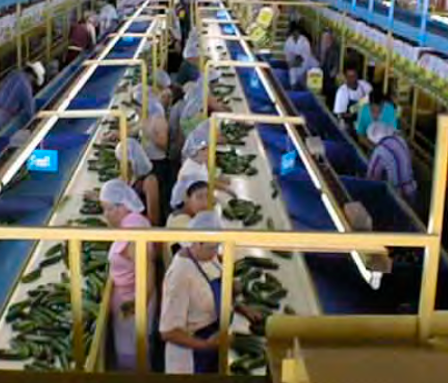
Washed
The removal of dirt or dust, as well as chemical residues that have been deposited on the product during its collection, can be eliminated by washing or brushing it with a machine, but this operation must be carried out with care, since any damage to the skin of the product fresh product will accelerate spoilage. For washing, it is convenient to use soaps with acidic characteristics, which achieve the elimination of dirt from the fruit and other residues. The use of reused or stagnant water should be avoided, since it is exposed to rapid contamination by organisms that can cause accelerated putrefaction of the washed product.
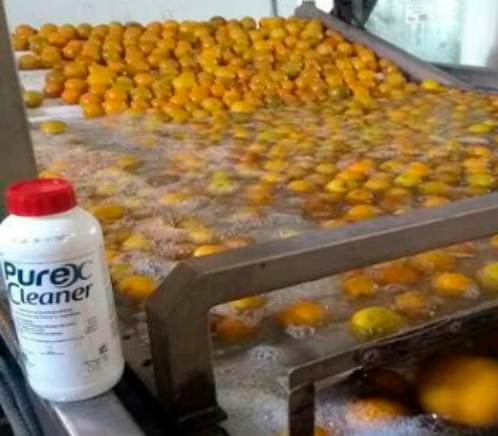
Disinfection
The different activities such as disinfection are considered a critical point since it is an aspect that has been given much emphasis throughout the process to guarantee food safety, disinfection is included within Postharvest treatments, the use of peroxyacetic disinfectants , act by reducing the probability of transmission of pathogenic organisms by means of disinfected water, healing wounds or cuts in the fruit, reducing the transmission of these organisms, reducing Postharvest losses.

Wax
It is about the application of wax or other coatings, the waxy coatings for fruits and vegetables are characterized by being edible barriers, semi-permeable to gases and water vapor, whose objective is to reduce the respiration rate, avoid dehydration in the fruits (loss weight), reduce loss of firmness, inhibit enzymatic browning and metabolic reactions associated with ripening (delays ripening), preserve sensory characteristics, control deterioration due to pathogenic microorganisms, improve appearance (gloss) and increase shelf life. shelf of fruits.

Special treatments
Some products undergo special treatments, the main treatments are the following:
Fumigation.
It is intended to control insect pests, such as fruit flies. It is a mandatory requirement for export in many countries and requires specialized equipment and knowledge.
Artificial fruit ripening.
It lasts several days and requires the treatment of the fruit with ethylene gas in isolated warehouses under special conditions.
Losses during postharvest operations can be minimized if fresh produce is kept cool, dry, protected from damage, and transported quickly to market.
Get closer to the experts, if you want more information about our products and services: Tel. +52 844 488 0764 Email. [email protected] See our website: www.phsfagro.com
 AgronoBlog – Agriculture Blog
AgronoBlog – Agriculture Blog 